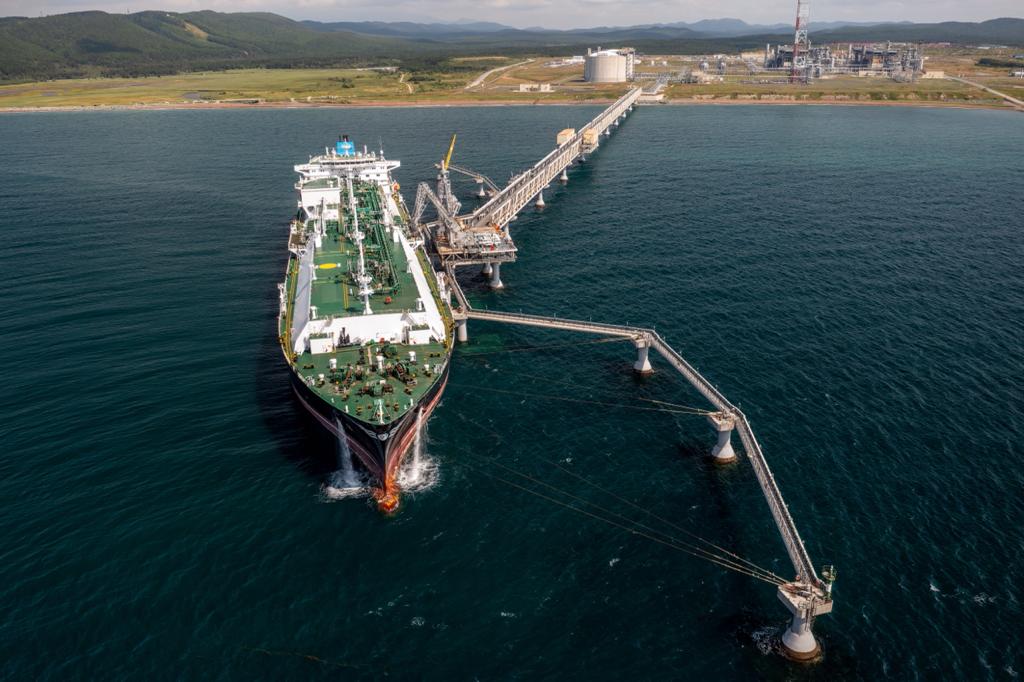Russia’s Sakhalin-2 LNG export terminal, operated by Gazprom, has resumed production from the first liquefaction unit following planned maintenance.
“LNG train 1 has been restarted, while post-shutdown commissioning continues at train 2,” Sakhalin Energy, the operator of the Prigorodnoye facility, said on Wednesday.
Sakhalin Energy did not provide any additional information regarding the second train.
The 149,700-cbm Amur River LNG carrier has departed the facility with the first cargo after the Sakhalin-2 integrated gas system major turnaround campaign, the firm said.
Maintenance work began on July 9 and Sakhalin Energy previously said it had expected to complete the works in August.
The turnaround campaign took place at several assets, including the Lunskoye-A offshore gas production platform, the onshore processing facility, OPF compression construction site, booster station No. 2, and the Prigorodnoye production complex.
Overall, 3,000 company and contractor team members completed about 1,600 work orders and accumulated over 1.2 million man-hours without a single lost time incident, according to Sakhalin Energy.
Additional work completed
“Moreover, in view of the scale and duration of our summer turnaround campaign, the company decided to complete some of the scope originally scheduled for autumn and winter 2021 and for 2022 during this TA”, Evgeny Udovenko, head of engineering and maintenance, said in the statement.
In addition, he also said that thanks to the scheduled and extra maintenance performed this year based on equipment inspections and diagnostics, the company intends to skip a major turnaround next year.
This would allow Sakhalin Energy to reduce OPEX, do activity planning more efficiently and effectively, and transition the entire integrated gas chain to a four-year maintenance cycle going forward.
With this approach, Sakhalin Energy plans to shut down each train once every two years.
The Sakhalin-2 LNG facility produced and shipped record 11.6 million tonnes of LNG last year. This is equivalent to 178.6 standard cargoes.
It started producing LNG back in 2009 with a design capacity of 9.6 mtpa, but due to technical improvements and upgrades, together with weather and temperature conditions, production rose by 20 percent.
Moreover, most of these volumes land in Japan, followed by South Korea, Taiwan, and China.
Sakhalin Energy’s shareholders include operator Gazprom, major partner Shell, and Japan’s Mitsui and Co., and Mitsubishi Corporation.

